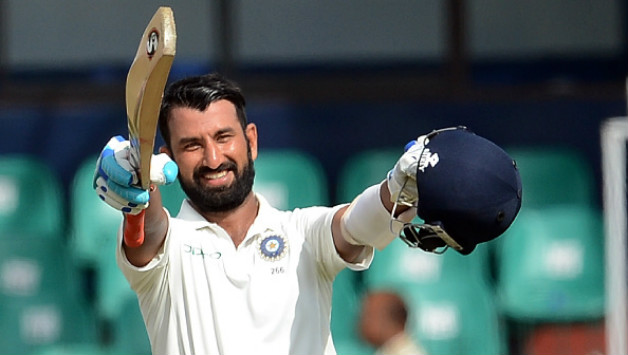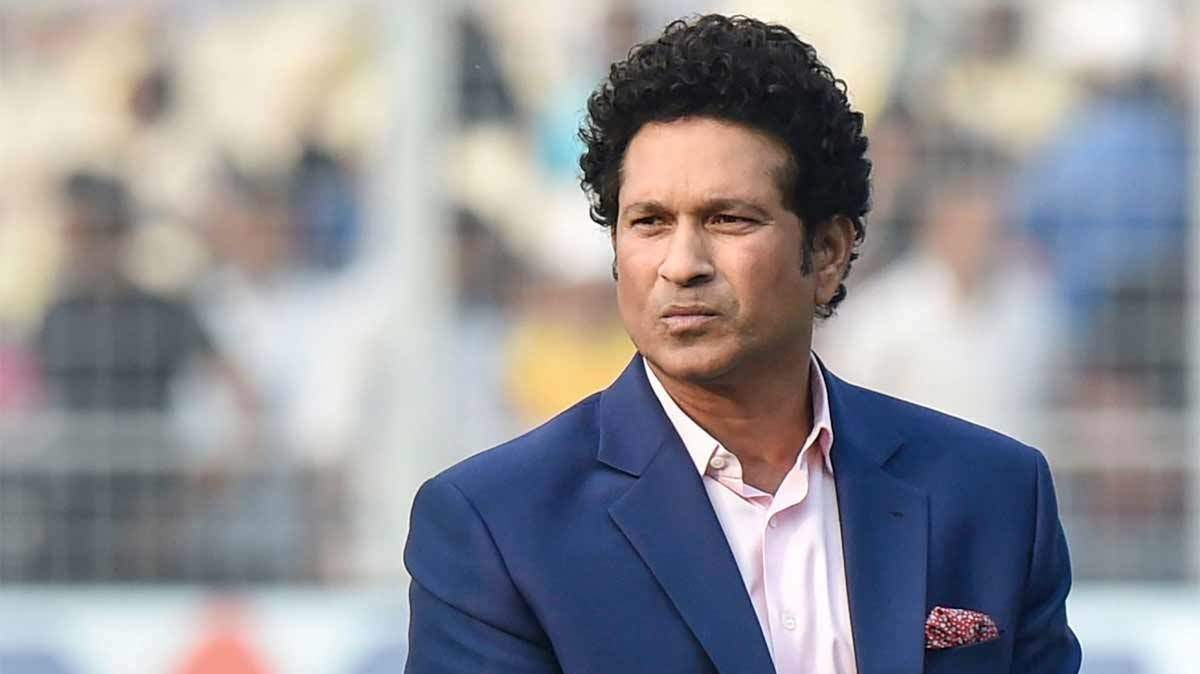 Building his game around a solid defence and adapting a patient approach to batsmanship, former skipper Rahul Dravid knows best what makes his successor, India's current Test No.3 Cheteshwar Pujara an oddity in today's times.
Building his game around a solid defence and adapting a patient approach to batsmanship, former skipper Rahul Dravid knows best what makes his successor, India's current Test No.3 Cheteshwar Pujara an oddity in today's times.
Dravid believes we might not see another such batsman, given the way Pujara was taught to play by his father at a very early age and how that contrasts strikingly to the way a lot of young kids are being coached in the modern-day game.
Read Also: "Wouldn't have survived today if I batted the way I did", says Rahul Dravid
"There will always be a place for a person like Pujara because his technique will always contribute to the winning of a game," said Dravid during an ESPNcricinfo videocast with former India batsman-turned-commentator, Sanjay Manjrekar.
"He's the last of a breed. You're not going to see too many players like that coming through because they're not going to be taught that way. I don't think any coach or parent is going to teach someone from the age of 8-10 like the way Pujara's father taught him... value your wicket, hit it in the V. I don't think they're teaching them like that anymore. He's the last of a generation."
Pujara has always had the ability to bat long hours, which Dravid explained has been cultivated playing Ranji Trophy for Saurashtra.
"Coming from a place like Saurashtra it was drilled into his head early on that he needed to do much more than other players from bigger cities," said Dravid. "Saurashtra has done really well in the last four-five years but before that, they wouldn't play too many Ranji Trophy semifinals. So he had to make every inning count and that’s the way he has built his batting."
However, it isn't that Pujara is all about his defence. The 32-year-old tends to race through his innings once well set and takes a great liking to spinners.
"He has got a good technique and a range of shots and he knows that. He knows what he's strong at," said Dravid, who has seen Pujara develop his game from close-quarters, playing with him and while being India A coach, who is now elevated as head of the NCA.
"He is exceptional against spin. He can start slow but once a spinner comes on he's better than many other guys and even me, and I don't mean hitting sixes. Just the way he rotates strike and how he uses his feet."
"I remember he drove Nathan Lyon nuts by stepping out nearly every single ball. And this a world-class bowler we are talking about. Pujara made it so easy and I haven't seen a lot of people do that," he added on the batsman's exploits down under in a legendary series against Australia in the 2018-19 season, where he made 521 runs in seven innings, including hundreds in Adelaide, Melbourne and Sydney.
"He has worked out his game phenomenally well. His concentration is excellent. And he knows that he is playing only one format of the game so he makes his every Test count."
In an overall assessment, Dravid said while the demand for good defensive technique is on the decline, players still need it to be able to keep the good balls out.
“I think the value is decreasing but you still need to be able to defend your wicket. See, today don’t really need to be a Test cricketer to make a living. You can make a career in T20 or ODI and easily survive without a defensive technique"
"A generation ago, you had to be a Test cricketer to make a living. Many players today have a good defence technique whether it’s Kohli, Williamson or Smith. Defensive technique is meant to help you survive or play out those difficult periods of the game," Dravid said.
"It helps you keep yourself out of trouble during the difficult periods to be able to cash in later on. And the very best players of Test cricket are able to do that."
(Inputs from CricketNext)



